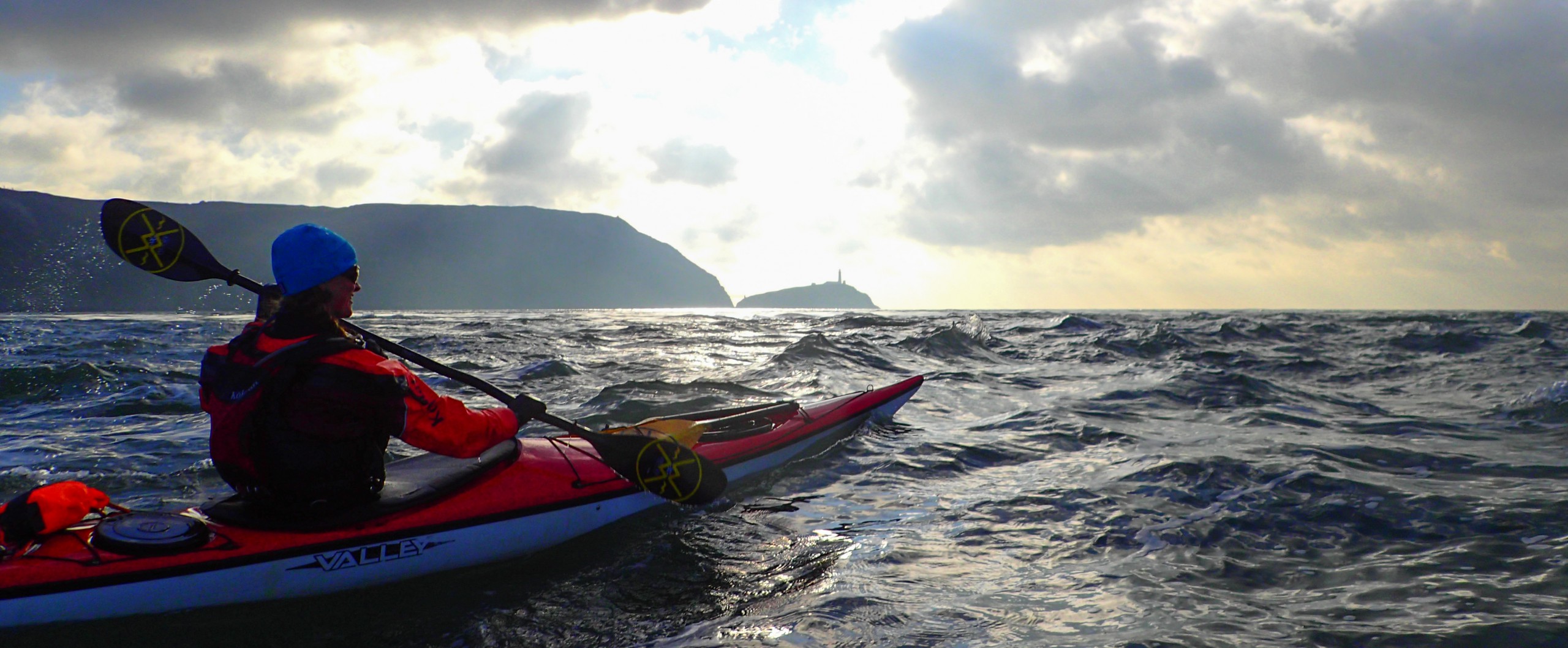Canoe and Kayak Mag: Tips for Longboat Surfing

Sea kayak surfing – the fringy sister of an already fringe subculture of paddlesports – has taken on its own following in recent years. Although it emerged from the simple necessity of being able to guide a sea kayak into tough surf landings on long trips, it turns out that surfing unloaded kayaks is also incredibly fun. The longboat is the longboard of the kayak surfing world, carving smooth turns as it finesses its way through the water. It’s not easy to control a 16-foot-long boat on a moving, churning wave – perhaps that too is part of the appeal.
The feeling of riding a clean, green wave – accelerating the long waterline of the craft to the wave’s trough, riding the line along the green face and changing direction at a snap as the boat rises to the top – it is the closest I have ever gotten to dancing with water.
If you are reading this, you likely already know what I am talking about, so enough of all that. I’ll get on with it.
After you master the take-off and positioning on the wave (or even if this is something you are still working with) you will want a few tricks up your sleeve to help accelerate your learning. Whether you are surfing beach break, point break or tide races, there are three key variables you can mess around with:

Play with Your Edges
If you are familiar with biking or skiing, you will know that when you want to initiate a turn, you lean – or carve – into it. With longboat surfing this is not always possible as the momentum of the boat can create immense amounts of pressure on the hull, keeping it running in the same direction. In order to release the pressure, it is often necessary to briefly edge away from the turn first (lean away from the direction you want to go), and then you can lean into it, carve, as the boat changes direction.
Body Trim – Fore and Aft
Where you position your body over your cockpit can make the difference between catching a wave and missing it. Subtle shifts in weight forward and backward, pivoting at the hips, can also help you move up and down the wave face. A common reaction to the feeling that one is falling off the backside of the wave, is to put pressure on the foot pegs, moving your upper body weight behind the hips. The mental process goes, “If I push my hips forward, my weight will be forward and therefore I will ride down the wave.” Unfortunately, what this actually does is put you in a standing position where the majority of your body’s weight – your head and torso – is behind you and behind the wave. Instead, bring your chest forward over your thighs or knees and pull your knees towards your body. This allows you to dramatically shift your weight and affect not only your boat’s waterline but also your positioning on the wave.
Use Your Head
Don’t worry, the bow of your boat will not likely disappear – quit staring at it! Often times we get focused on the spot directly ahead of us, but the head is a powerful tool. Our body, and whatever might be attached to it, i.e. the kayak, tends to follow the head. So look around you, from side to side, know where you are on the wave. Then decide where you want to go and stare at that spot, I mean intensely. Perhaps you imagine, like I do, that you are “Mr. Magoo” leaning forward, squinting through bottle bottom glasses to see that future water as it comes into focus.
– written by Kate Hives
Read more at http://www.canoekayak.com/skills/messing-longboat-tips-surfing-sea-kayak/#4ZLplWtlLxjfrOYK.99

Best teach ever for this stuff!